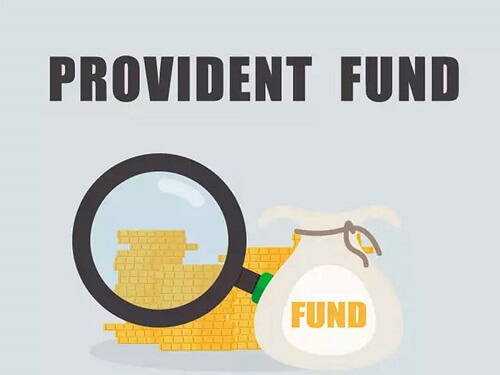What is the full form of PFPF: Provident FundPF Stands for Provident Fund. Employee Provident Fund (EPF) is another name for Provident Fund (PF). All salaried people who retire will get financial benefits under the Provident Fund or EPF program. The Employee Provident Fund Organization (EPFO) of India keeps an eye on the PF system. Any organization or business with more than 20 employees is required to register with the EPFO. All salaried workers are thought to benefit greatly from this plan in terms of receiving a lump sum payment upon retirement. A predetermined sum is taken out of an employee's monthly payments as part of the PF process and deposited into their EPF account. After retirement, employees get the funds accumulated in their Employee Provident Fund accounts. 
History Of Provident Fund (PF)The Employee's Provident Fund and Miscellaneous Act, which was passed in 1952, established the EPF or PF (Provident Fund) program. The Employee Provident Fund Organization has established all of the rules and regulations. The Ministry of Labour and Employment oversees the EPFO's operations. In this method, the company will deduct money from the employee's monthly salary. Both the employer and the employee contribute 12 percent of the basic salary to the EPF account as soon as the employee begins working for the company. The D.A (dearness allowance) paid by the employer is also included in this wage. Important Factors Regarding Provident Fund (PF)
Objectives
Eligibility CriteriaThe following is a list of the requirements for EPF eligibility:
Employee's ContributionThe rate of employee contributions is frequently set at 12 percent. The following organizations, however, charge a flat payment of 10 percent.
Employer's ContributionThe minimum contribution from the employer is set at 12% of each employee's salary of Rs. 15,000. (although they can voluntarily contribute more). This is equal to Rs. 1,800 each month. This indicates that Rs. 1,800 must be paid into the plan each month by both the company and the employee. This amount was initially fixed at 12 percent of Rs. 6,500, resulting in a combined contribution of Rs. 780 from the company and the employee. Both sides' contributions are put in the EPFO. Contributors can live freely after retirement thanks to this long-term investment vehicle. You may take your entire PF balance from your account after retiring or leaving your employer.
Next TopicFull Form
|
 For Videos Join Our Youtube Channel: Join Now
For Videos Join Our Youtube Channel: Join Now
Feedback
- Send your Feedback to [email protected]
Help Others, Please Share










